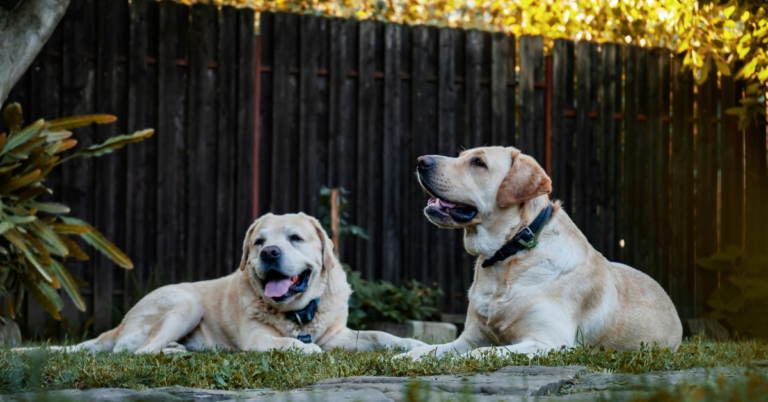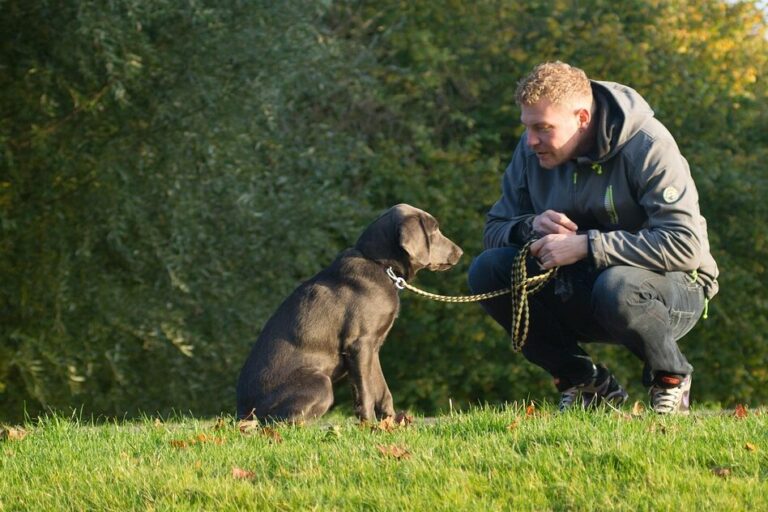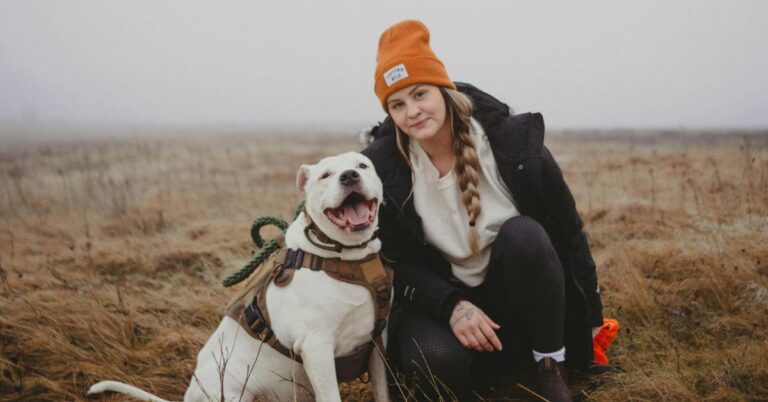20 Wild Predators That Could Attack Your Beloved Dog
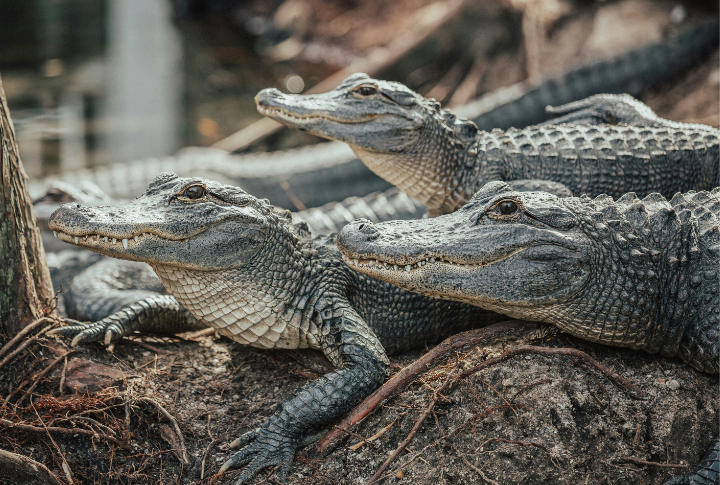
Some animals see dogs as companions, but others see them as competition—or worse, a snack. Stealthy predators lurk in the wild, and danger can appear from above in an instant. Knowing which creatures pose a risk can help keep four-legged friends safe in the great outdoors. So, let’s find out.
Hyenas
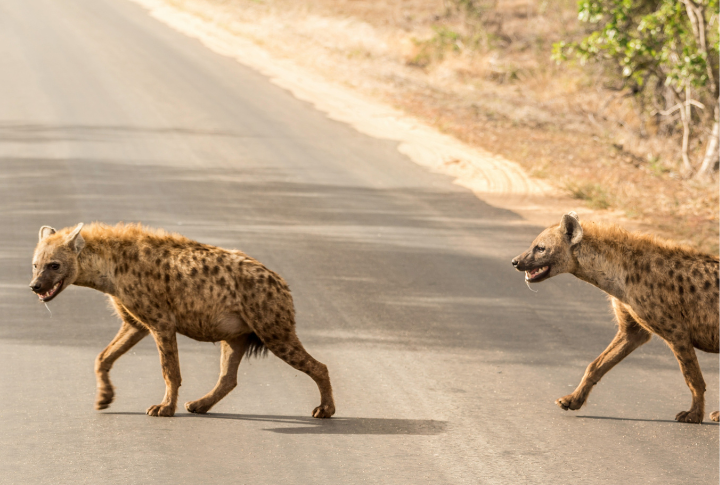
Survival in the wild is all about competition, and hyenas play to win. Spotted hyenas hunt in packs, overwhelming animals much larger than dogs, while striped hyenas prefer scavenging but won’t hesitate to pounce if food is scarce. In regions where hyenas roam, dogs rarely benefit from the doubt.
Coyotes
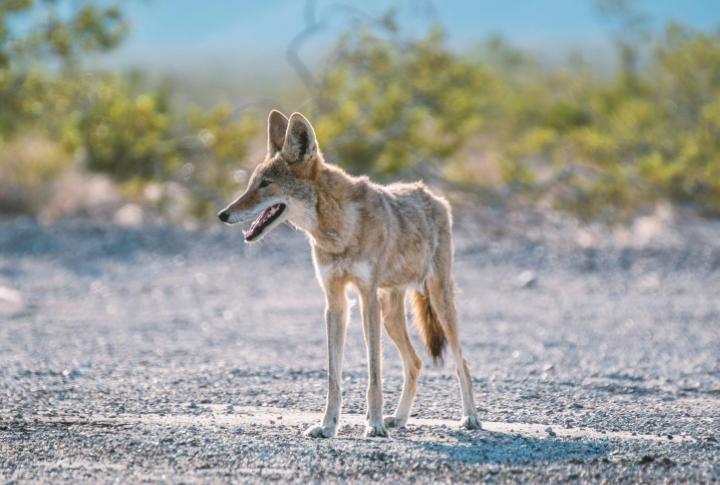
City streets, forests, deserts—coyotes thrive everywhere. Small dogs left alone in backyards or on late-night walks can vanish instantly. These cunning predators have been seen engaging pets before attacking, sometimes drawing them away from safety. Once locked in a coyote’s sights, escape becomes nearly impossible.
Wolves
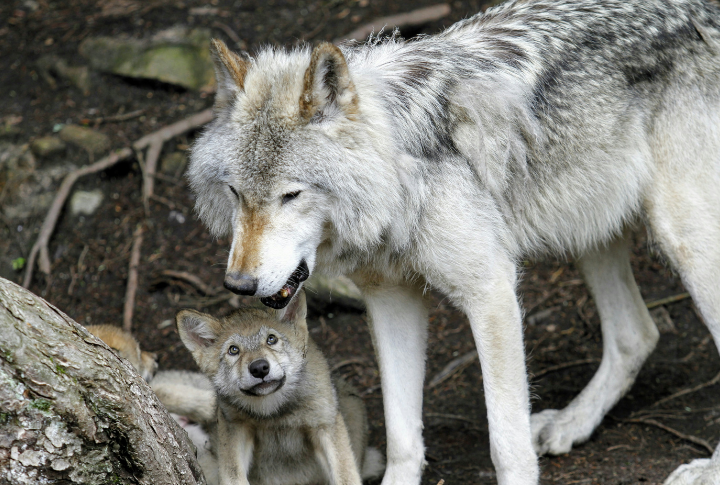
Wolves are known for their exceptional teamwork. A lone wolf might pass by a dog without much interest, but a pack acts with precision, treating the intruder as either competition or prey. The situation quickly escalates into a chase, and the sheer number of wolves ensures a grim outcome.
Mountain Lions

A mountain lion’s patience is unmatched—it can stalk prey for hours before making its move. A wandering dog can unknowingly enter dangerous territory, especially in the western U.S.. These powerful cats strike with a single leap, delivering a fatal bite before their target realizes what happened.
Bobcats

Small but fearless, bobcats excel at ambush hunting. They usually target rabbits and rodents, but in rare cases, an unattended dog can become an alternative meal. Their razor-sharp claws and agility allow them to clamp down from trees, rocks, or the shadows of a backyard at night.
Bears
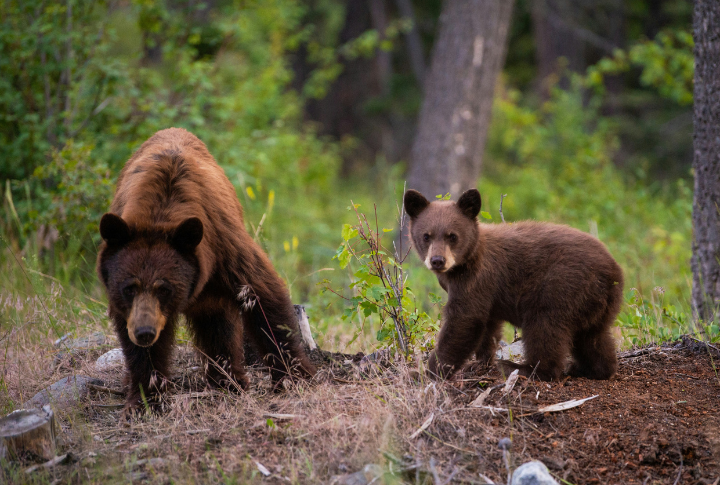
Bears don’t see dogs as food, but that doesn’t mean they won’t attack. Cubs, food sources, or sheer annoyance can turn a bear aggressive in seconds. Some dogs instinctively bark at bears, unaware that this can provoke a charge—one swipe from those massive paws can be devastating.
Alligators
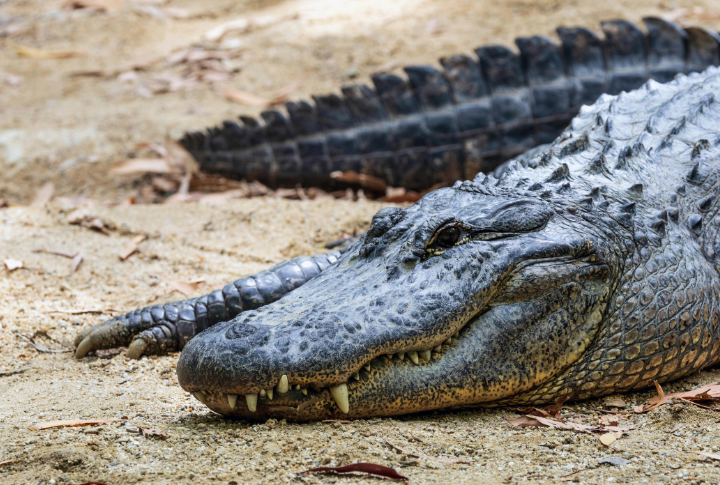
In alligator territory, the water’s edge is a danger zone. These reptiles stay motionless for hours, waiting for unsuspecting prey to get too close. A dog playing near a riverbank or splashing in a pond can disappear instantly as powerful jaws snap shut with bone-crushing force.
Snakes
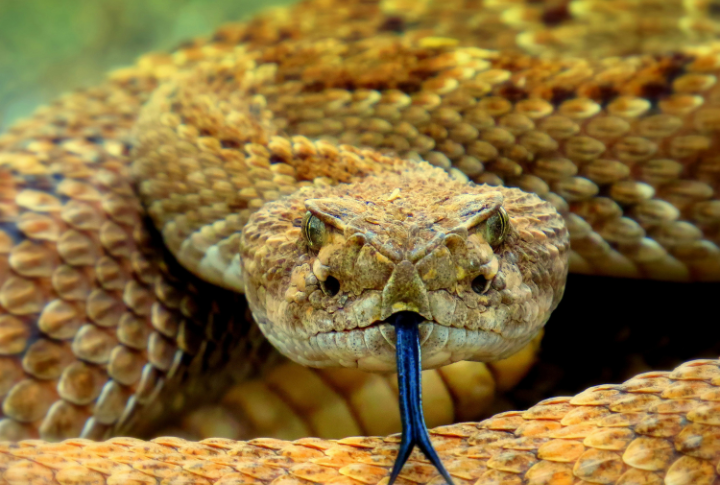
Silent and camouflaged, venomous snakes like rattlesnakes and copperheads don’t need to chase their victim. When a dog sniffs around a log or rock pile, it might never notice the attack until it’s too late. Swelling, paralysis, and internal bleeding can follow a bite, and without quick treatment, the outcome can be dire.
Gila Monsters
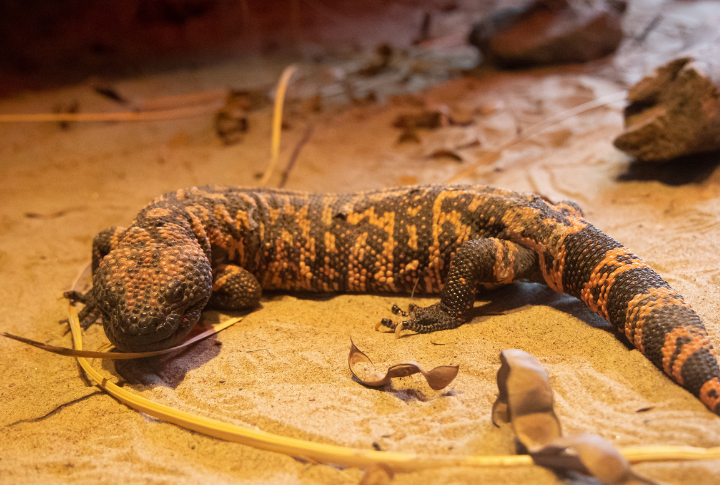
A Gila monster moves slowly but refuses to let go once it bites down. Unlike snakes, which inject venom quickly, this lizard delivers toxins through prolonged chewing, creating excruciating pain and muscle paralysis. Though rarely fatal, a bite leaves dogs weak, swollen, and struggling to breathe.
Birds Of Prey
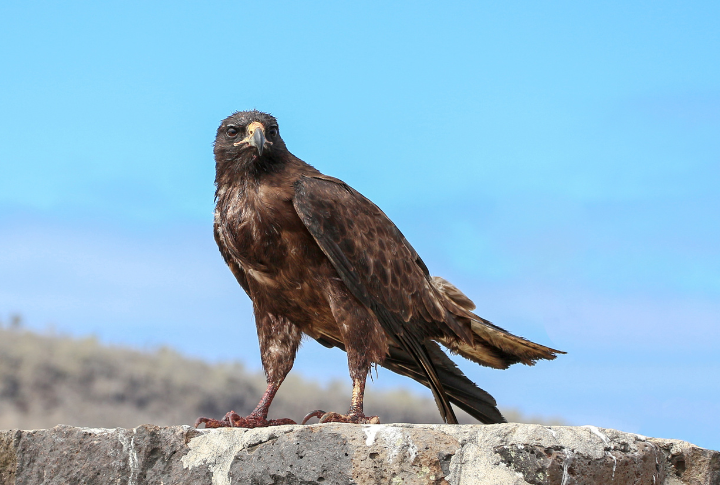
Hawks, owls, and eagles are characterized by speed and precision. A tiny dog outside alone is easy pickings for these aerial hunters. Hawks strike fast in open spaces, great horned owls silently swoop down at night, and golden eagles have been seen carrying nearly half their weight off animals.
Skunks
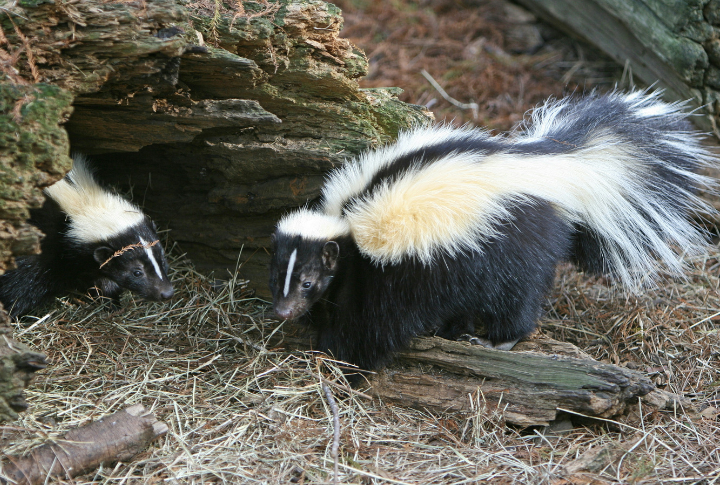
One encounter with a skunk and a dog might think twice next time—if only they learned that fast. Skunks don’t just stink; their spray can cause temporary blindness and nausea. Worse, they can carry rabies, turning what seems like a comical misadventure into a serious health risk.
Scorpions
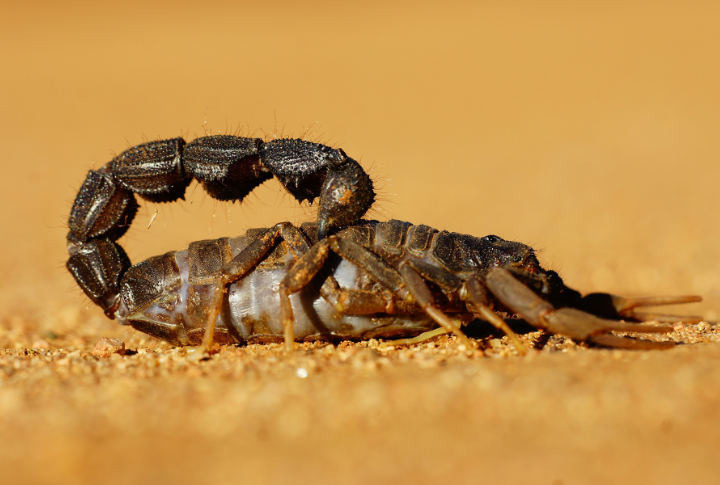
Desert terrain holds more than relentless heat—scorpions lurk under rocks, in shoes, and even inside homes. The Arizona bark scorpion delivers a sting that causes excruciating pain, muscle tremors, and, in smaller dogs, respiratory distress. Quick reflexes won’t help; this arachnid strikes in the blink of an eye.
Porcupines
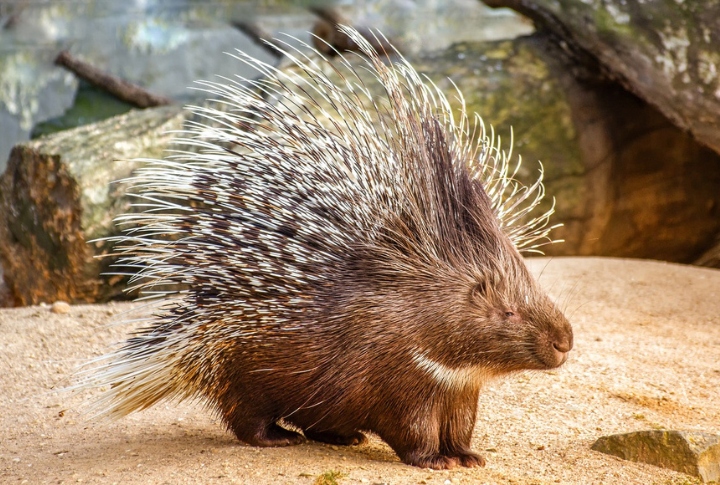
One wrong move, and a dog wears a face full of quills. Porcupines don’t chase or attack, but when provoked, they whip their tails around, embedding dozens of barbed quills deep into their skin. Removing them isn’t merely painful—it’s dangerous, as quills can migrate deeper into the body.
Javelinas
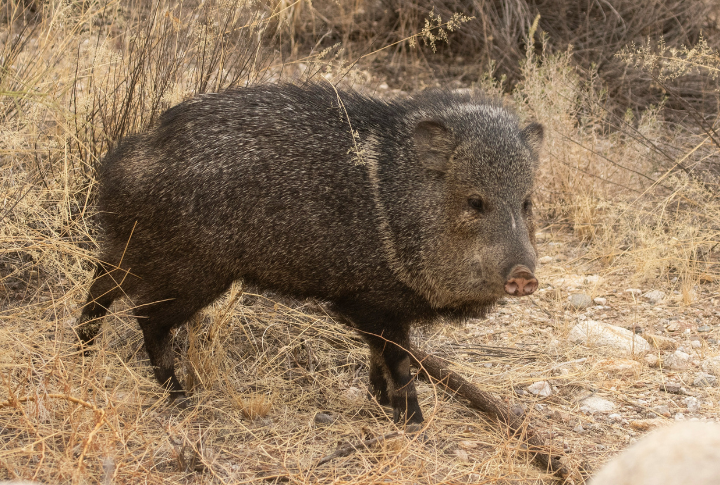
Mistaken identity can be lethal. Javelinas, or collared peccaries, often confuse dogs with coyotes, their natural enemies, and react aggressively. A full-speed charge from these tusked animals can leave deep gashes, broken bones, and serious injuries. Found in the Southwest, they travel in herds, meaning one aggressive javelina usually isn’t alone.
Moose
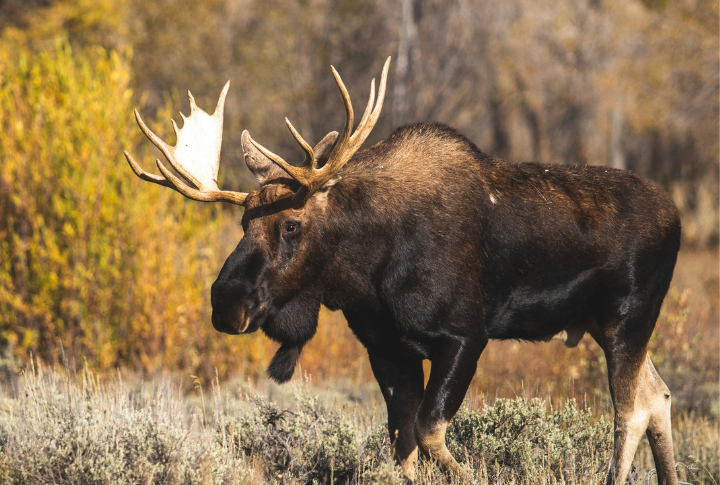
Barking at a moose is like a chihuahua challenging a freight train. These towering animals don’t chase down the quarry but defend themselves with brute force. A single stomp can send a dog flying, and during mating season, bull moose become more unpredictable and aggressive.
Tarantulas
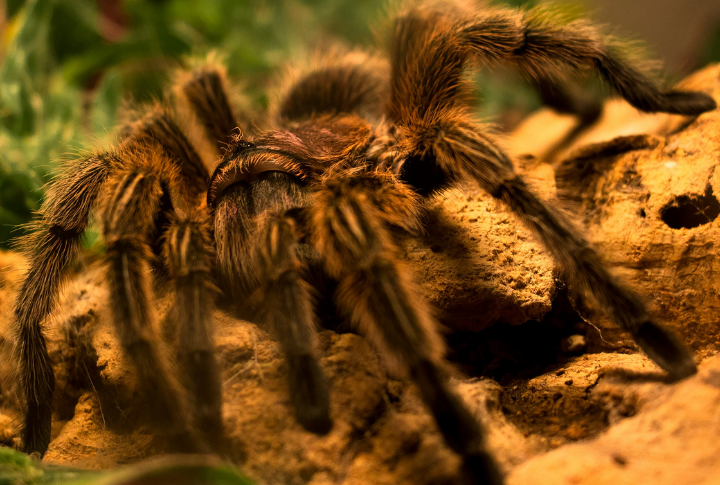
Giant, hairy spiders might look terrifying, but the real trouble comes from the microscopic barbs on a tarantula’s hairs. If a dog gets too close, the spider flicks these tiny projectiles, creating irritation, swelling, and respiratory issues. Their venom is mild, but the bite itself can be excruciating.
Foxes
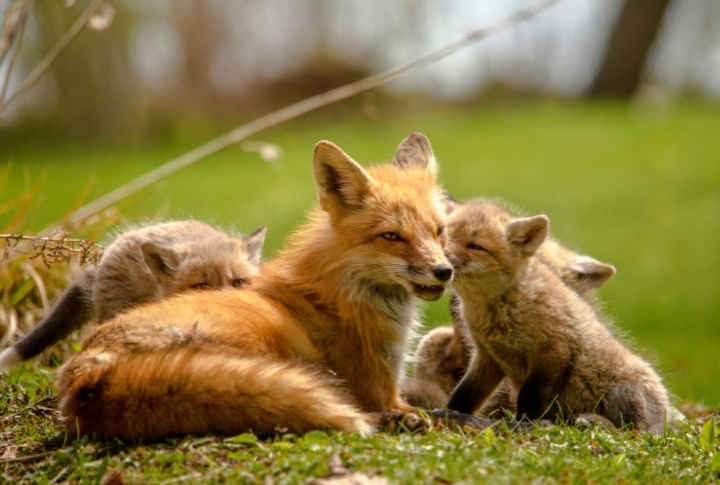
Foxes aren’t looking for a fight, but that doesn’t mean they’re harmless. Their quick reflexes and sharp teeth make them a menace to smaller dogs, and as known rabies carriers, even a minor bite can become a major problem. A mother fox protecting her den will lunge at anything that gets too close.
Badgers
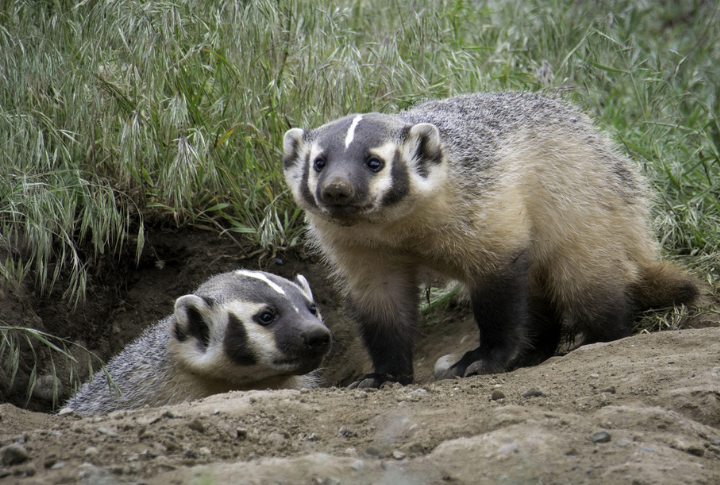
Short legs, long claws, and a personality that says, “Don’t mess with me.” Badgers are built for digging but won’t hesitate to use their strong jaws in a fight. If a dog stumbles into a badger’s burrow, the battle is often fierce, with deep bites and shredded skin.
Wild Boars
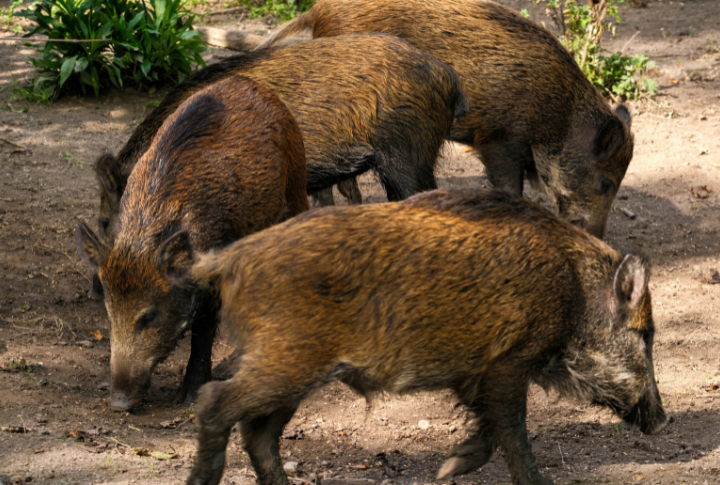
A dog facing a wild boar is up against a living battering ram. Weighing up to 300 pounds, these aggressive animals charge at full speed, using razor-sharp tusks to gore anything in their path. Unlike most animals fleeing danger, a wild boar often prefers to fight.
Raccoons
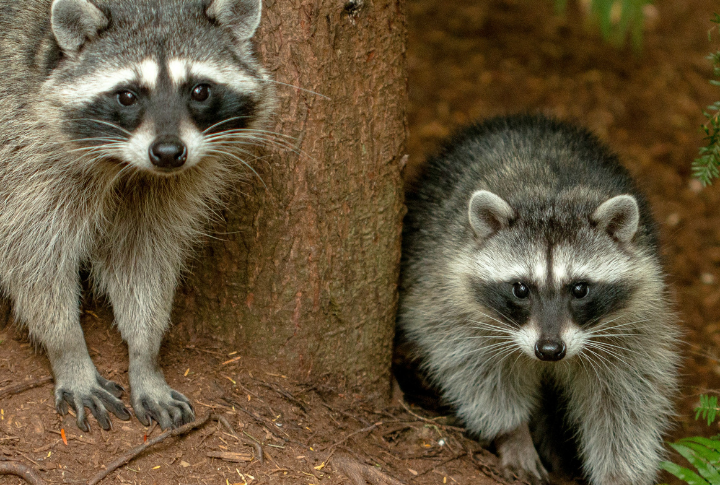
Raccoons have the agility of a cat, a small dog’s strength, and an animal’s attitude twice their size. A cornered raccoon will fight back with sharp claws and powerful bites, sometimes leaving behind infected wounds. These masked troublemakers are also known as rabies carriers.

